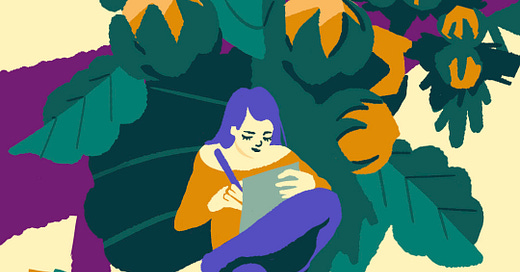Catching up with Kathy Gunst
A Q & A with my Food Writers in Italy partner; and a recipe for Piemontese hazelnut cake

Benvenuti! Welcome to Buona Domenica, a weekly newsletter of inspired Italian home cooking and baking. I’m a journalist, cooking instructor, occasional tour guide, and author of eight cookbooks on Italian cuisine.
This week’s recipe for Torta di Nocciole (hazelnut cake) is for all subscribers, with a printable version availa…
Keep reading with a 7-day free trial
Subscribe to Buona Domenica to keep reading this post and get 7 days of free access to the full post archives.



